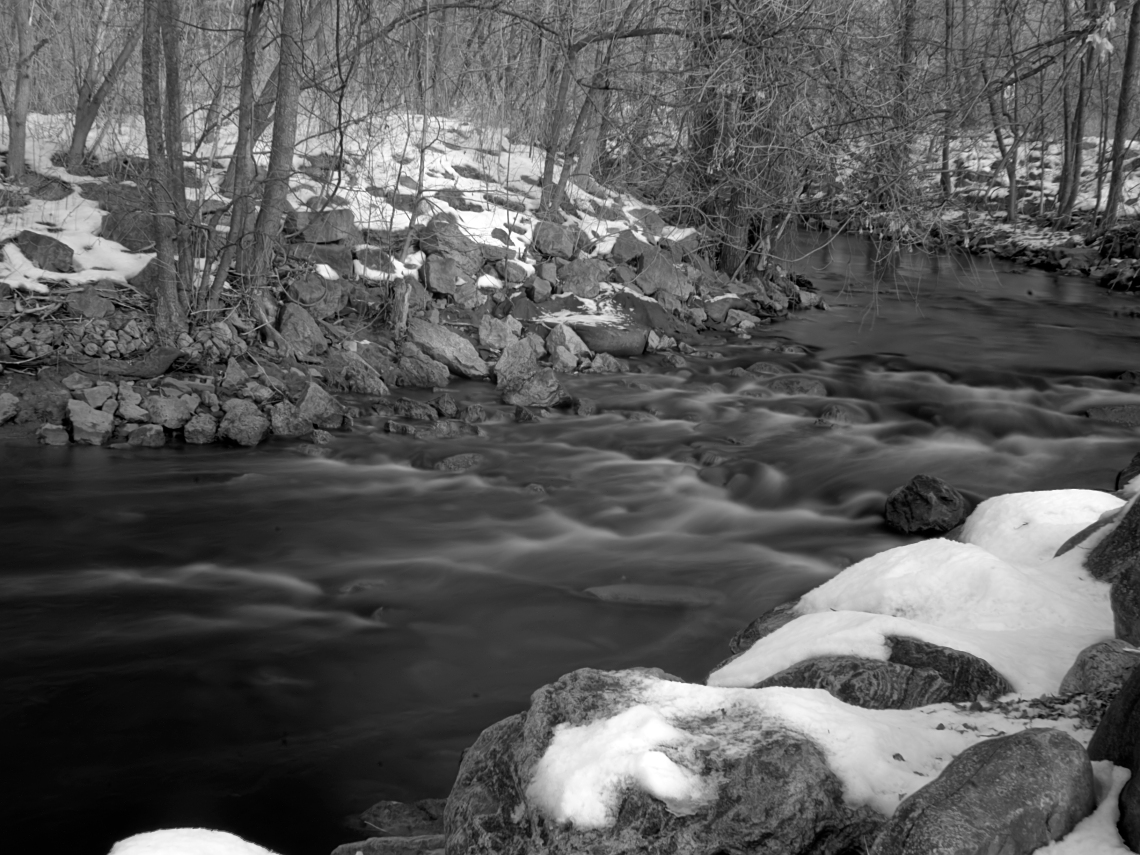One of the fundamental joys of black & white photography is that it makes life simpler. A simple life is a happy life. Freed from the distractions of colour, photography becomes a study of contrast, shapes and patterns.
My background as a photographer is a little unusual because I am primarily an advanced amateur astrophotographer. So in addition to being experienced in digitally manipulating images in post production like many modern photographers, I am also experienced in the hardware manipulation of cameras, preproduction! Nearly all black and white photographers have to convert their deBayered colour images into greyscale but most are unaware that their images are not true monochrome images. The color interpolation algorithm needed to convert Bayer data is not accurate and only a guess at the true color of each pixel and the resolution of the sensor is really only half of the technical specifications since only green pixels are used to capture image detail, upscaled and overlaid over the final image as a luminance channel.
The solution is to use a dedicated monochrome sensor, like those found in Phase One medium format camera backs or the Leica Monochrom, but that entails spending several thousand dollars. Photography is not about how much one can spend, it’s about innovative and creative thinking. And that innovative, creative thinking also applies to the hardware side of photography. I’ve been successful in surgically replacing the original camera sensor in the Olympus E-500 43rds DSLR (a 10 year old camera) with the monochrome version of the same sensor (KAF8300M) to produce true black and white images with accurate greyscale representation of colour, and enhanced resolution because all pixels are being used and the low pass filter is no longer necessary in the optical train. The camera is about 2.5 stops more sensitive because of the missing Bayer layer. This cost under $500 in total, less than 10% of a Leica Monochrom and I also preserved the autofocus function which the Leica never had. And since Leica has lenses produced by Panasonic/Lumix for the 43rds and m43rds family, I’m even shooting with Leica glass at a significant discount!! The details of this project can be read in my book “Astro Imaging Projects for Amateur Astronomers – A Maker’s Guide“, widely available on Amazon and as individual chapter downloads from the publisher, Springer.


Below are a series of Salon images shot during the Christmas holidays in my urban neighbourhood along nature trails that follow the tributaries feeding the Don River in Toronto. The trails are thickly covered with hockey rink quality ice and treacherous for even seasoned Canadians to traverse and most wildlife is in a state of hibernation, but life can be found and the life sustaining fresh water that feeds the Great Lakes continues to flow unabated despite subfreezing temperatures.

















Great to see how the e500 got such an IQ boost with monochrome sensor and removal of filter!
LikeLike
As someone who is new to digital imaging, I find that your images remind me of the tones created by film/paper artists of the past. I didn’t know if this was possible, but evidently it is. Much of what I seen recently fits into the range of Ansel Adams’ critical description- “chalk and soot”.
Thanks for the inspiration.
LikeLike
Thank you for the kind words.
LikeLike
Amazing that you were able to find and install a monochrome version of the sensor! Congratulations. Do you think this would be possible for a full-frame camera?
LikeLike
As long as you find the equivalent sensor in monochrome version it should work.
LikeLike